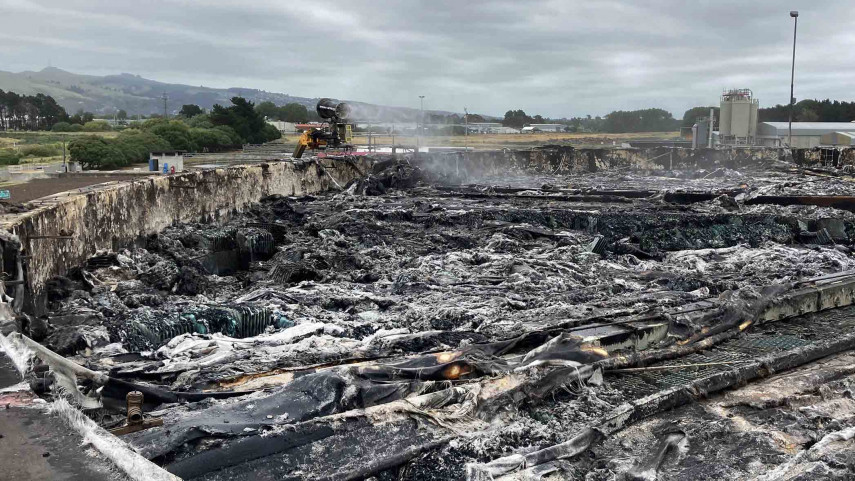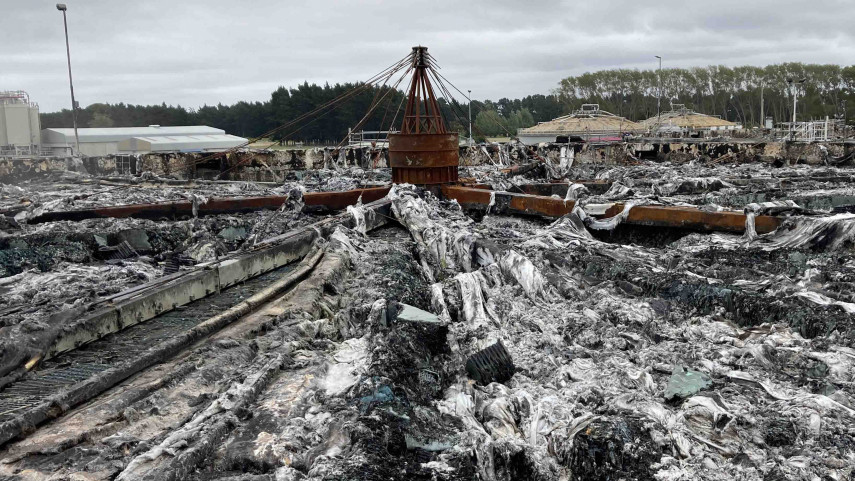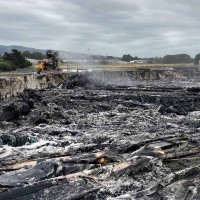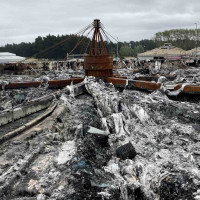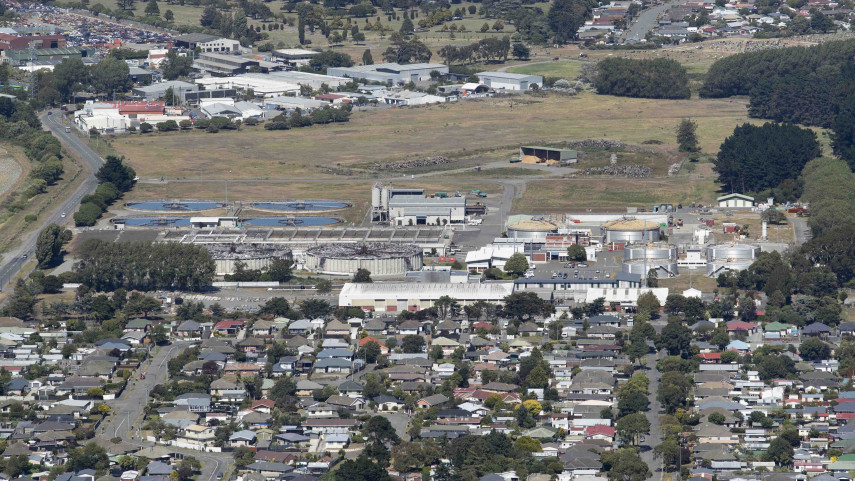
Reassuring news from gas testing at wastewater plant

Share this story
Independent testing to better understand the odours from around the fire-damaged Christchurch Wastewater Treatment Plant shows the stench is largely due to sulphurous gases.
However, the concentration of the gases measured last week were at levels well below the Worksafe exposure standards.
Christchurch City Council Head of Three Waters Helen Beaumont says a specialist air monitoring team from Hamilton tested the air at various locations across the plant and in the immediate neighbourhood on Thursday 28 April to determine the make-up of the foul smells.
“The reassuring news we have received from our initial look at the testing is that there is nothing in the air that poses any physical risk to people’s health, although we do acknowledge how mentally tough the situation is for residents who live near the plant,’’ Ms Beaumont says.
At the time the tests were done, the weather was relatively warm and dry and most of the odours detected were around the oxidation ponds.
The stench from the trickling filters tends to be more pronounced after it rains.
Ms Beaumont says Thursday’s testing detected small amounts of hydrogen sulphide from the digesters and oxidation ponds. This gas is associated with geothermal regions like Rotorua and commonly called sewer gas or swamp gas.
The tests near the ponds also detected methyl mercaptan, a pungent gas that forms when organic material breaks down.
While these readings were well above the odour detection threshold, they remained well within Worksafe’s exposure standards.
The report results will be published online once a peer review has been completed.
Ms Beaumont says Council staff will continue monitoring odours across the treatment plant site and are meeting with staff from Environment Canterbury and the Canterbury District Health Board to coordinate the monitoring programme.
“We know that the stench from the trickling filters increases significantly after rain, so we’ll conduct follow-up sampling after the next weather event. We’ll also continue odour monitoring until the contractor has removed all of the material from trickling filters.”
A contractor to remove the 26,000 cubic metres of burnt material from the trickling filters will be announced this week. This work is expected to take between four and seven months to complete.
For more information, updates, and to sign up for a regular e-newsletter regarding the wastewater treatment plant recover, visit ccc.govt.nz/wastewaterfire.

